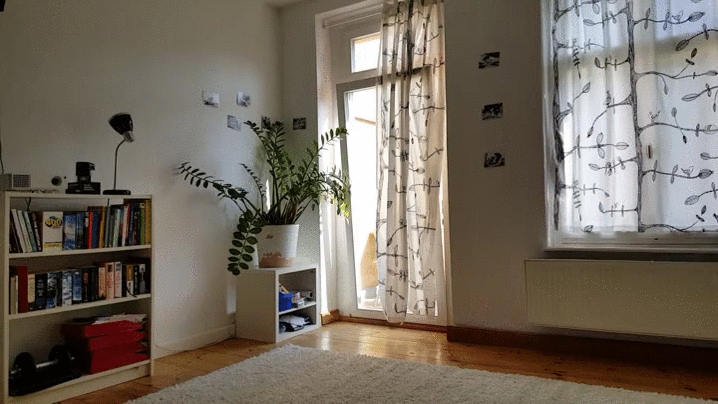The consumer insight community is realising some unexpected benefits from virtual reality.
As part of the WFA’s visit to the ESOMAR annual congress in Amsterdam, we discovered some superb examples of global brands leveraging tech to generate actionable insights.While some attendees argued that the consumer insight industry was “in denial” about new technologies and methods, these three great presentations demonstrated that not everyone has been ignoring the power of the virtual to deliver better understanding.
VR can save you money
Intage and
Coca-Cola needed to understand how to reverse the trend of declining sales of their coffee products from their convenience store dispensers in Japan. They knew they needed to evolve their machines.
Rather than “spend €100,000” on a real prototype, they created a VR version for “1/3
rd of the price and in 1/3
rd of the time”. This enabled them to work faster and experiment with more versions of the prototype. It also allowed them to transport it to different test locations as all that was required was a projector.
Ultimately their research helped them to make their coffee experience more authentic, but what stood out was that VR had moved beyond the hype and was delivering efficiency gains.
VR is a good way to mimic reality
Heineken and
Haystack shared on their use of data, 360 video and VR for testing beer and food combinations. Their hypothesis was that "habits dominate consumption" and that a “brand is only important in context”. For example, their tests showed that a branded beer outperforms a non-branded in the bar but not in the Laboratory.
They shared that powerful data alone cannot completely predict preferences, and that’s why we need to humanize data by linking it to cultural realities.
Happily VR offers a route to achieving this. As they said: “Context is king – understanding this is key to knowing when to use VR effectively”.
VR can tap the subconscious
System 1 Group (formerly BrainJuicer) included an observation that “VR overrides conscious thinking”. For anyone who has experienced VR, this rings true:

Sharing on a case study of a project they ran with Hershey’s in the USA, they used VR to simulate the in-store experience and evaluate the effectiveness of different shopper marketing techniques.
Tapping into the subconscious through VR allowed them to “make up for the usual inflation through more traditional methods”. It also helped them develop the hypothesis that priming the consumer with your brand in store can actually have a
detrimental impact on sales as it triggers them to “slow down and apply system 2 thinking”.

For
Daniel Kahneman advocates this offers an exciting prospect: that VR can reach parts which many other methodologies cannot - the instinctive ‘system 1’ part of our brains.
We will be exploring VR in Consumer Insights in more detail at our next (client-only)
Insight Forum in London on October 18th. For more information, or to register, contact
Robert

